Customer Services
Copyright © 2025 Desertcart Holdings Limited
Desert Online General Trading LLC
Dubai, United Arab Emirates
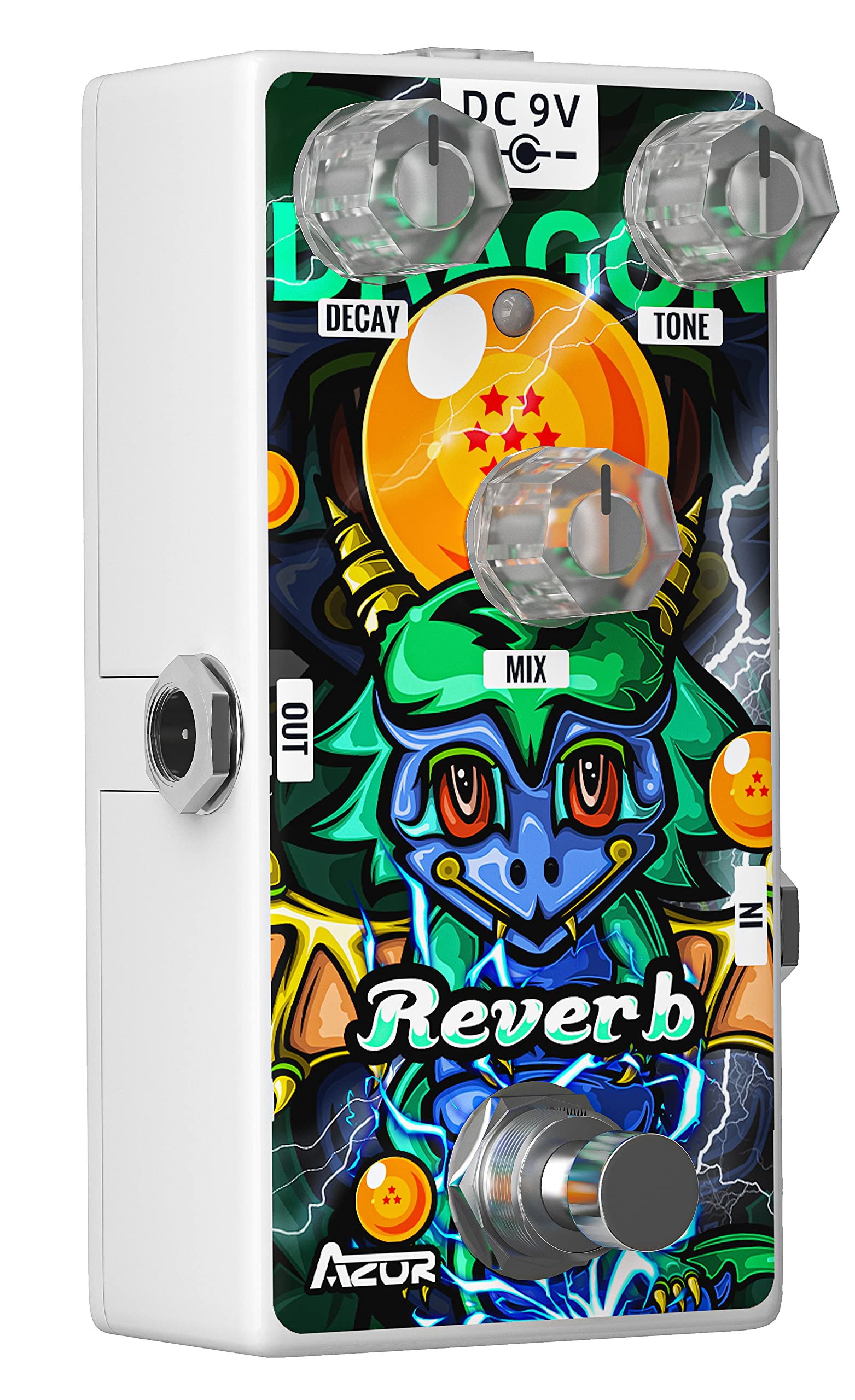

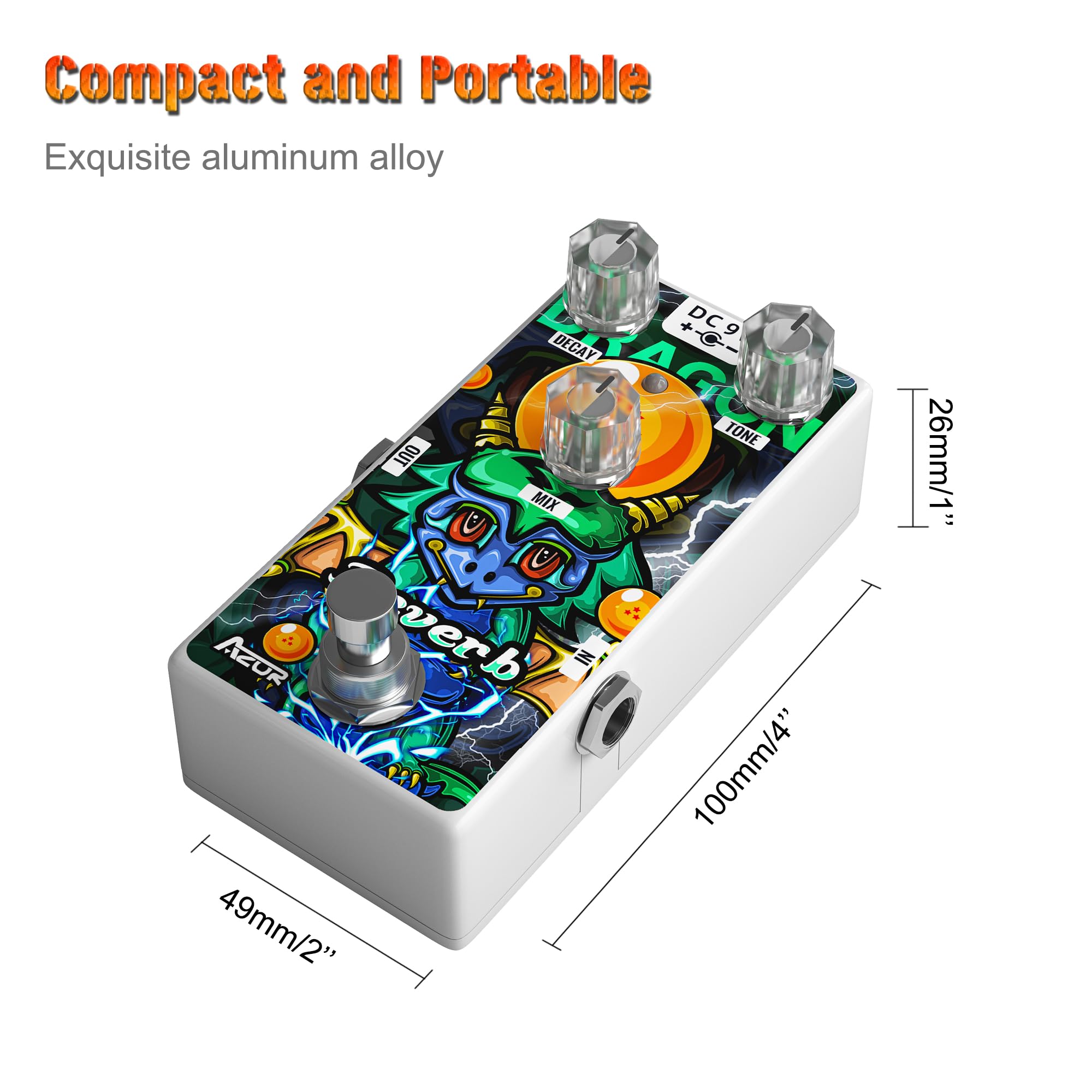
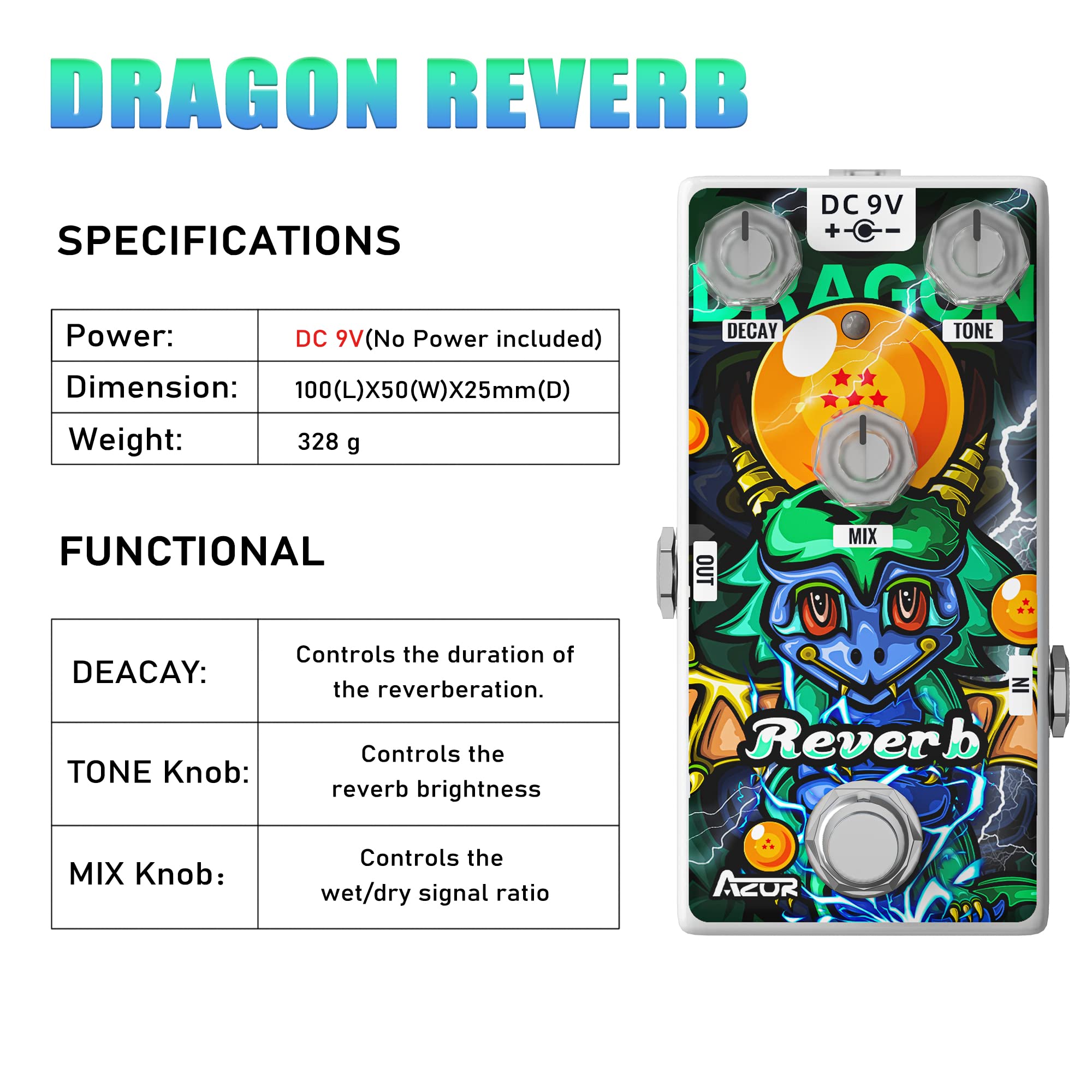

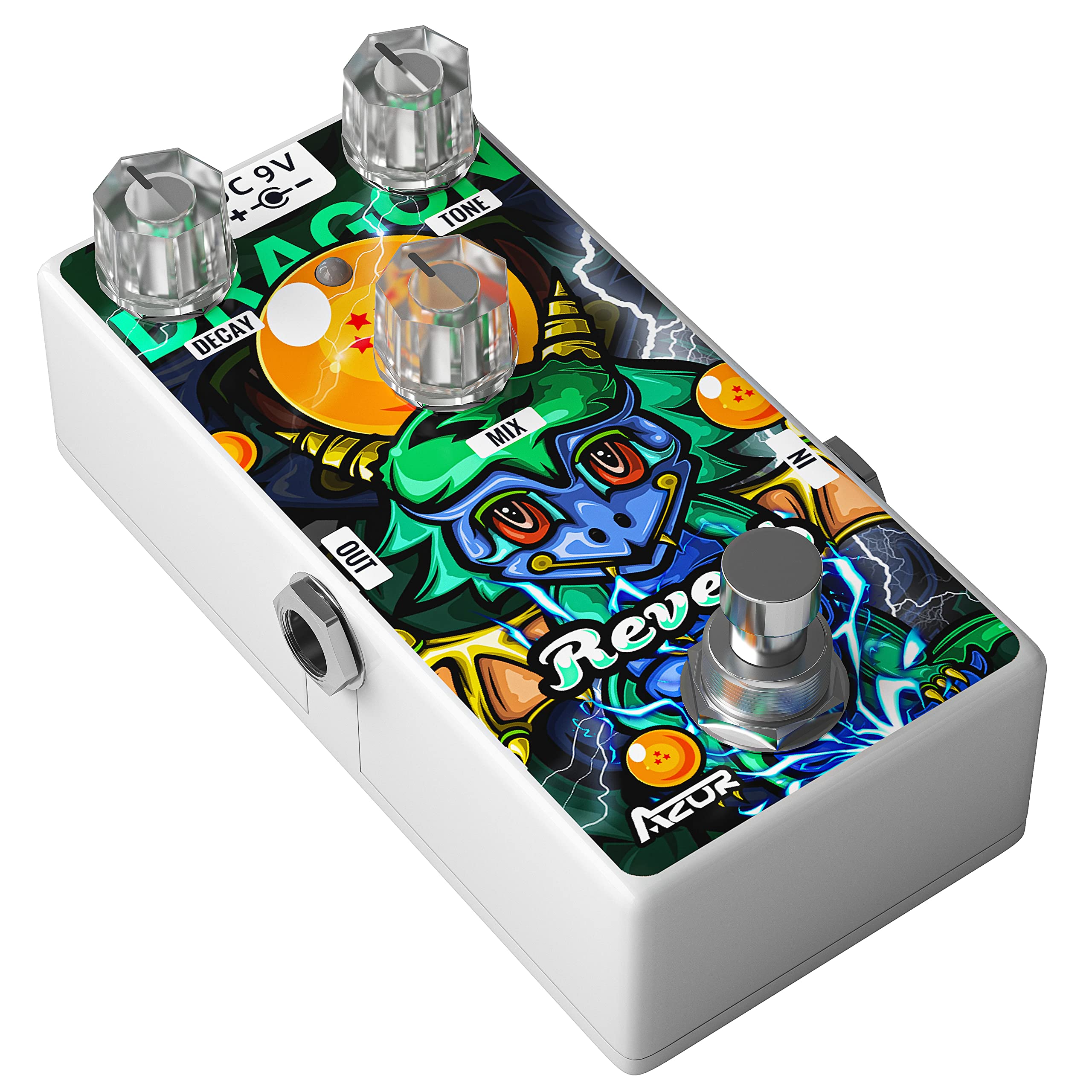

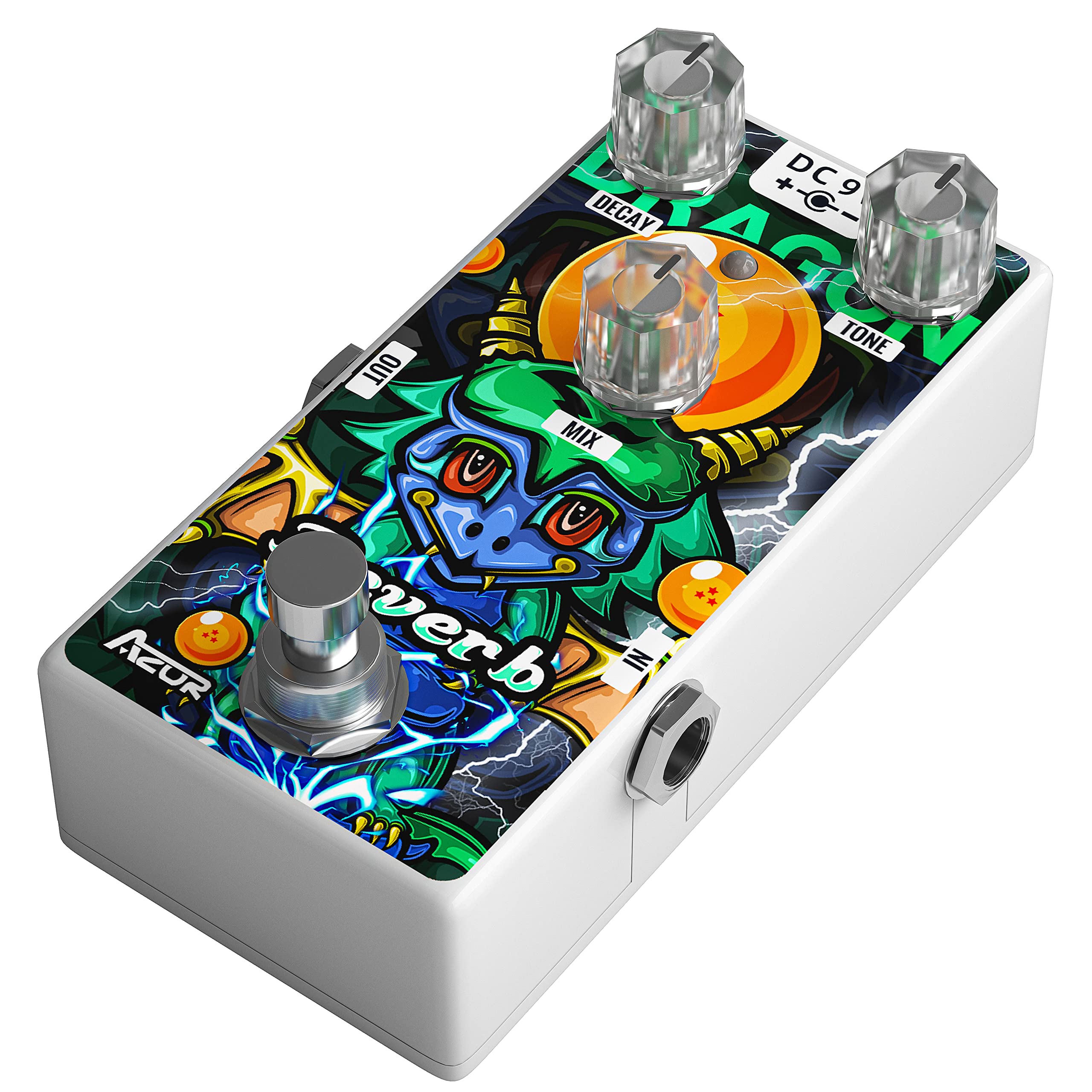
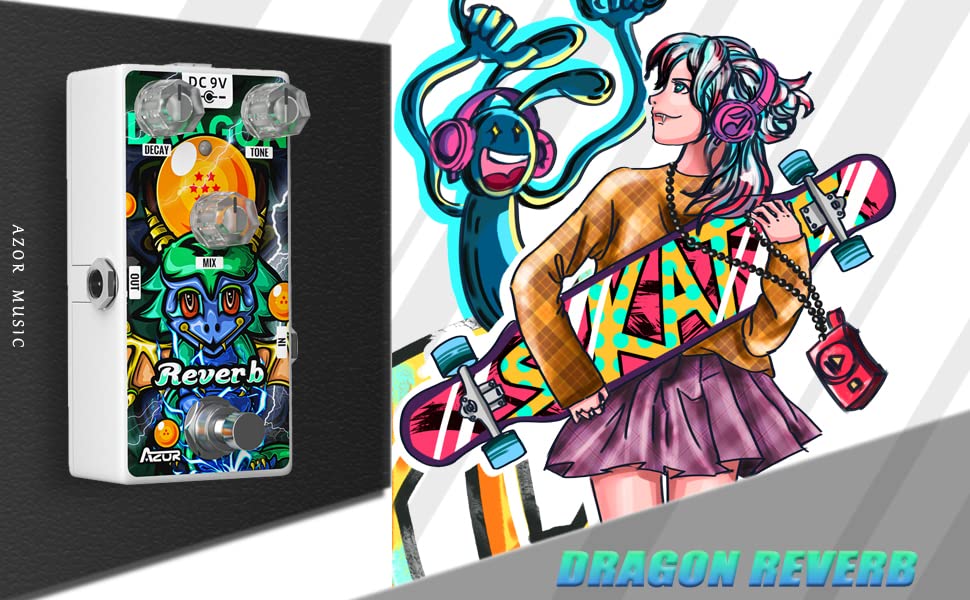
🎸 Elevate your riffs with haunting reverb that commands the stage.
The AZOR Reverb Guitar Pedal AP509 delivers a vintage-inspired digital reverb effect with three easy-to-use knobs for decay, tone, and mix control. Its clear, noise-free digital circuitry ensures pure sound, while the rugged aluminum alloy housing guarantees durability. Compact and lightweight, it’s ideal for both studio and live performances, powered by a standard 9V DC adapter.







R**Z
Quality
What can I say 🤷 they surpass my expectations , they sound amazing and have a beautiful music sound to them some the best I have ever heard.
T**M
Came in used.
I'm sure it's a great pedal, but mine came in used with some obvious scratches on the side. If I'm spending $50-$60 for a new pedal, I expect it to be new.
S**W
I really, really like this reverb!
This is an awesome little reverb, for a really good price. If someone asked for a recommendation for their first, low cost reverb pedal, this is easily the one I would recommend. It’s definitely the best in its price range (and I’ve reviewed many). In the past I’ve designed a few reverb pedals, and I like how Azor designed this one, because it’s almost identical to how I would have done it. This is a DSP based pedal, and uses 78.5 mA.The pedal is white, with very nice looking matte-finish artwork. The matte finish feels strong (I couldn’t scratch it with my fingernail), but I did notice a few paint blemishes and a circular scratch in the artwork where someone scratched it during assembly putting on the nut on the 3PDT stomp switch. It’s barely noticeable since it didn’t scratch all the way through, and the scratch is black underneath. I couldn’t even get a good picture of it, that’s how hard it was to see. It comes with both a Velcro and grippy back, so you can install either one you prefer.The mix knob ranges from zero to full, and at zero, there is really nothing mixed in. The signal passes through at unity gain, with no additional coloring of the tone (verified by oscilloscope). Just as it should be.The Decay knob ranges from very short delay (metallic bathroom type sounds) to fairly long (about 8 seconds) but not infinite. You can get some really cavernous sounds.The tone knob only seems to affect the tone of the reverb tails, not the fundamental guitar tone. Again, this is exactly how it should be, IMHO. It seems to me to be just a standard treble-cut type of filter, and it can really help tame the “metallic” characteristic of sounds by rolling down the tone. It has a fairly good range, with a noticeable effect on the reverb tails.All of the sounds that come out of this sound good, from short hallways to huge stadium reverb. The tone knob really helps, and is worth dialing in to different settings for different decay times. Overall, I really think it sounds great, and this has replaced my previous reverb on my economy pedalboard. I really think you’ll be pleased. There is nothing janky about it. I've tested with multiple guitars, and two different amps, and it sounds great on all of them.Final Rating: 5 stars. A few minor blemishes in the finish, but the sound is first class in this price range, and overall this is an excellent value.
C**.
A step in the wrong direction
I own many AZOR pedals, all mini, analog and with true bypass which I’ve been using for years without a hint of trouble. When I noticed they recently released digital models, I couldn’t resist checking a few of them out.This review is for the AP509 “Dragon Pure Reverb”.It shares the same physical traits with others in this new line:- Rugged cast aluminum alloy body, all identical in color (white).- Includes both rubber and Velcro hook bottom adhesive pads.- Large diameter knobs, making fine adjustments easier.- Although not mini, it remains more compact than full-sized pedals.- Colorful top graphics, although they’re simply a sticker.As far as setting up the Reverb effect itself, there’s not much to work with.It’s controlled entirely by the Decay knob, and can be set to various levels via the Mix. I’ve never used a Reverb pedal with a Tone control before, nor do I see a reason for one. That’s normally set up by the pedals preceding it, since it’s normally last in a modulation chain. The ability to set an overall “delay” time is a feature I found myself missing, allowing a much wider variety of this effect.Sound aside, its biggest step backwards is going from true to buffered bypass:- Momentary contact foot switch, versus the latching type which retain their previous state.- Worse of all, it always initializes as active. I can’t imagine many guitarists wanting a Reverb pedal operative by default, whenever it’s powered off then back on again.I don't see many improvements over their older model AP312 Reverb, certainly not enough to command nearly twice the asking price.
Trustpilot
2 weeks ago
3 weeks ago
3 days ago
3 weeks ago